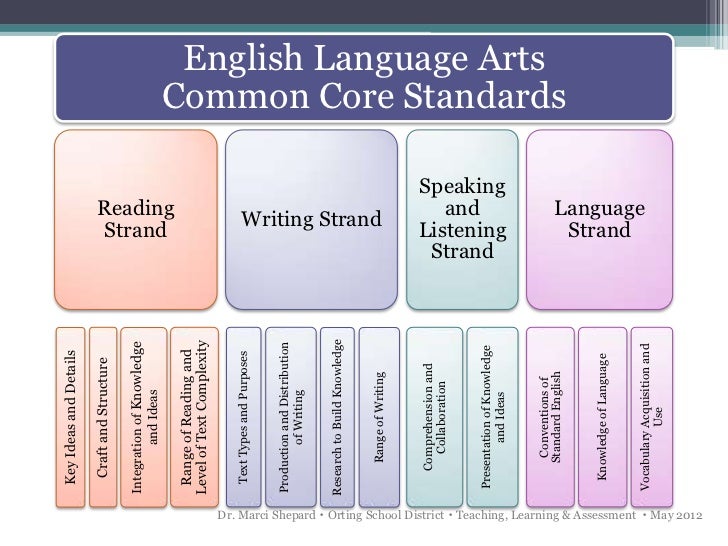Comprehensive approach to Assessment
Students often have high-stress and difficulty with completing unorganized summative assessments. It is important to deliver proper assessment to students in means of explicit expectations and guided inquiry. Rich Performance Assessment Task's (RPAT's) often converge various skill sets that students develop alongside the compulsory subject-based curriculum. The figure below indicates an example of a commonly created rubric that some teachers use for Language and/or a translated version for French oral curriculum expectations. The key components of the rubric are the criteria focused around the RPAT topic. However, usually the criteria should be generalized align with the overall curriculum expectation. In contrast, if the rubric criterion becomes too specific, teachers tend to stray students away from the importance of inquiry. Alignment between assessment and curricular expectations is essential to develop student learning in metacognition.

The final figure below is basic in form, however it offers a visual representation that
can aid both the student and educator. It is a gentle reminder that segregates
the strands into more specific components so that assessment differentiation
can be easily identifiable. Education is a vital feat that should adhere to the self-progression in students. Backwards design is an indicative method of rubric and assessment construction. Co-creation is another possibility of success criteria design. Teachers should yield to the many options that other educators provide. Particularly in the production of real-world and useful assessment criteria.

Reflective Practice
As a teacher and student, I feel as though there is never a cease in learning. So long as information is being recalled, the learner adheres to the knowledge or critically reflects upon it. Being a Masters student it is fairly easy to recall or critically reflect on nostalgic scenarios. I can recall many of my past experiences where learning takes place. The one experience in particular was during my year in Teachers College during an course on English language arts curriculum. Never looking in depth into the English curriculum, I always assumed that generally teachers read or picked books they enjoyed, and thus, created curriculum units out of novel studies. I was very wrong. The English curriculum was interesting in that it is a very malleable set of expectations and strands, similar to the other Ontario curriculum documents. In retrospect, I rarely noticed differences in instruction or even being engaged in one particular unit. Typically, both elementary and secondary schooling was bland and consistently the same. But during my year in Teachers College my perspective grew broader. My instructors enlightened me on the notion of comprehensive literacy and how it can be applied. Both the French and English curriculum often coincide together. So, their strands, expectations and general content mesh well in practice. This means that educators can use various teaching styles between two subject disciplines. In that English language arts course the instructor told me that; "... students will choose to learn, so long as they're engaged... But remain critical, as often teachers can't tell the difference between leisure and learning." This insight stuck with me. I usually take a step back and reflect on my lessons. Not every educator does this though, which leads to assessment inconsistencies. However, in staying vigilant to the curriculum, assessment and student engagement I can thrive in the classroom. Thus, by using this as a foundation in my epistemology I hope to balance the components of comprehensive literacy; for both English and French curriculum.





This is an interesting topic and certainly fits into course material. I would be interested in your literacy journey both as a student and a teacher and how these pieces you present here would affect your practice.
ReplyDeleteYour experience adds to the richness of this very important topic. The first essential ingredient seems to be engagement. Engagement sometimes is hard to achieve if one is locked into the "bland" curriculum. But English and French expectations are similar so if one finds a way to engage students in one subject there may be crossover into the other one.
Delete